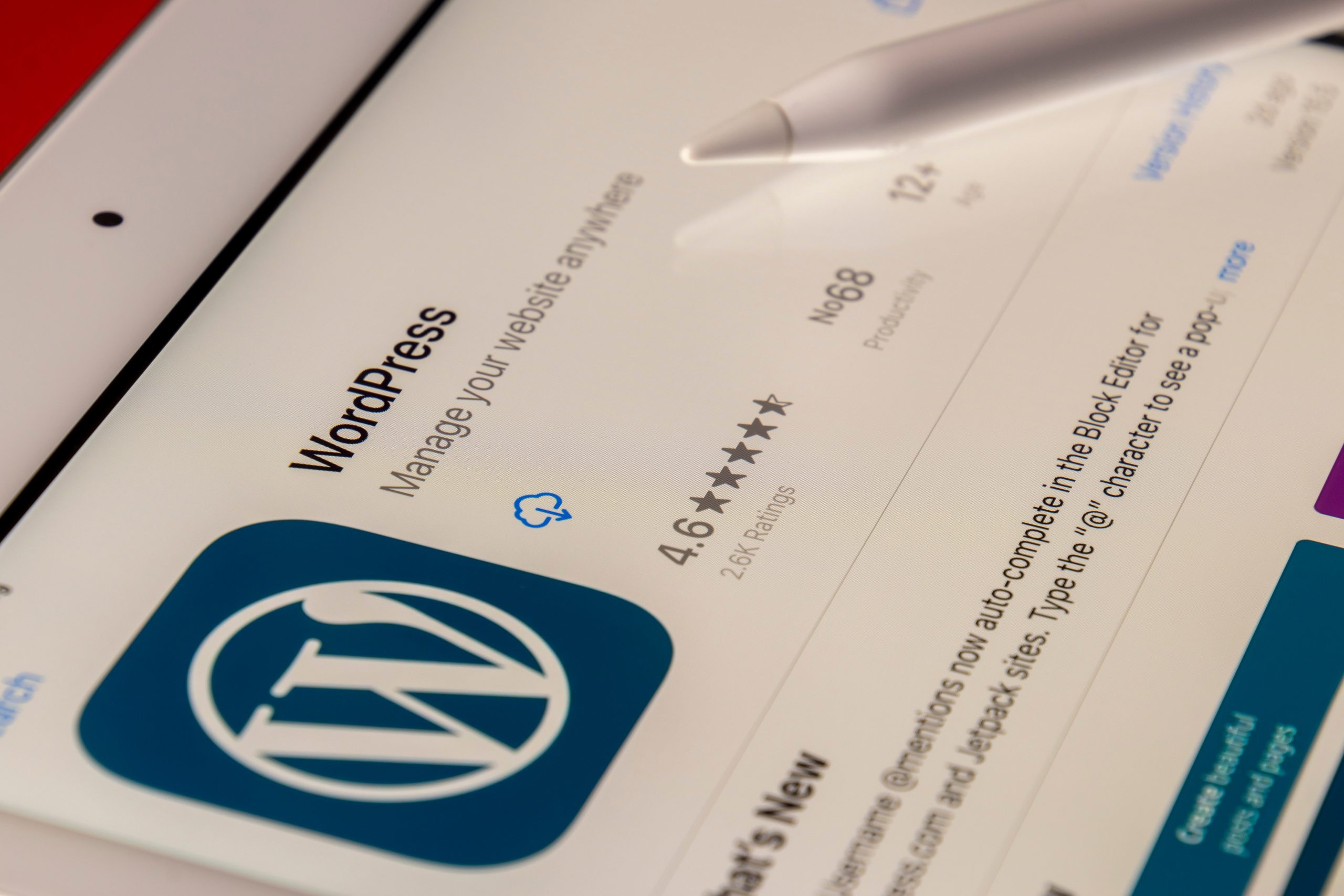Table of Contents
Imagine yourself moving to a new house or trying to move something from one place to another. Seems quite easy, isn’t it? Nonetheless, it is not the same in website development. Programmers usually solve many issues connected with migrations. One of the most popular topics is connected with WordPress migrations since this CMS is among the top.
However, nothing is impossible. We made a survey among different WordPress developers and created a list of the most common WordPress migration risks. Also, we want to provide some recommendations to avoid such risks.
Widespread Mistakes in Migration Processes
Actually, beginners make many mistakes while coping with WordPress migration. It is a normal phenomenon since migration is not as easy. However, most of the mistakes may be delayed if you avoid some basic missings.
Bad Planning
The first thing you have to understand is about programming in general and about migrations specifically. Nothing can be finished properly without a certain plan.
Usually, many coders ignore the planning or devote less time to it. The reason is that they think that everything can be solved as they go along the migration process. That is why very often, they face unpredicted issues and spend more time on the whole process or even can’t finish the migration properly.
Resources Non-acquaintance
The other mistake is almost similar to planning. Before starting any type of work, you have to analyze the current situation and understand the resources you have. It means that you have to estimate the time, check the software, and know the schedule of your team (if you cope with migration in a team). Otherwise, at one moment, you might even lose all the progress in case of not having enough time or skills to finish the cycle.
Missing The Content During Database Migration
The very first thing you have to do is move your database to a new server. At this stage, some of the files and contents may be missed. In this case, a new website might work improperly, or it won’t even show some of the contents.
Poor SEO and UX Knowledge
Since nobody wants to lose search positions, it is very important to understand UI/UX and SEO basics. Of course, a programmer is not obliged to learn everything about these aspects. Yet, you need a proficient SEO specialist and UX designer to avoid misunderstandings and save the current search positions for your site after completing the website migration plan.
Testing Ignorance
Nowadays, for most teams, testing is an integral part of any cycle. However, some beginners might ignore testing for no reason. This may lead to numerous bugs in website functioning. Moreover, ignoring the testing stage may harm the security of the website, which is worse than losing the search positions.
Ignoring Content Updates
After finishing the migration, you have to check all the content and update website names and URLs. If you ignore this step, you will have a lot of 404 pages. Thus, search engines will define your website as substandard, and you will lose the search rating.
Tips to Avoid Mistakes
Devote As Much As You Can to Planning
As it was mentioned, this stage is crucial for the whole migration. Creating a certain plan will prevent a lot of mistakes and pauses. Here are some tips for creating a good plan:
- Analyze your resources.
- Set the objectives.
- Choose the software for WordPress migration.
- Specify the deadlines and assignees.
This approach will help you to prevent all the unwanted results. Moreover, you and your team will clearly understand what to do in different situations.
Choose Software Carefully
Creating a website migration plan, you have to understand the resources needed for completing the migration. However, it is also necessary to understand whether you can use some tool or not. If you do have not enough knowledge and experience in using some programs, it is better to learn them first or hire a development team or specialist for that matter.
At the same time, you have to choose a new host carefully. It affects the design and visualization opportunities, the size of your future databases, page load speed, and even security.
Check some of the preferred hosts according to the following list:
- Features. Sometimes it is better to pay more for high-quality hosting. Thus, check the size, location, support, available plugins. Mind that the host will define the functionality of your website;
- Speed. Check website traffic reports to understand whether a certain host can process all of the inquiries to your site. Otherwise, you won’t have an opportunity to provide a fast page load speed for users, so they will ignore your website;
- Security. This thing is crucial. If a preferred host hasn’t established good security, you might lose your files or even the personal data of your users.
Read Also: Top 10 WordPress SEO Plugins for your New Website
Export Databases Directly
During the WordPress migration process, it is nonsense to move every piece of content separately. It is way better to go to your database and export a SQL file. Doing this, mind the memory size and time needed to complete the database migration.
Next, copy all the themes, plugins, and upload them to appropriate folders on a new host. After finishing this step, check that everything was exported properly and to the fullest.
Hire Experts to Your Team
As it was mentioned, you don’t want to lose your SEO rating after migration. So, there are two ways to avoid mistakes. On a one hand, you can learn all the SEO details for migration and make the necessary configurations individually.
This means that you have to do the following things:
- notify search engines about domain name changing;
- set 301 redirects;
- configure each page from the sitemap.
On the other hand, if you don’t have enough time to do this individually, you can just hire an expert SEO to your team and specify their tasks in the migration process.
Create a Full Backup
Finally, before starting the migration, prevent any unwanted scenario and get ready to “turn the time back”. Thus, you have to do 2 things:
- Copy databases.
- Copy all the uploads and configuration files.
This step doesn’t need much time to be completed. However, it will help you to back up your website if anything goes wrong during migration.



